Medieval fairs, those vibrant spectacles of history brought to life, have captured the imagination of people around the world. Far from being confined to the events of history, these festivities have seen a resurgence in popularity, drawing crowds attracted to experience the sights, sounds, and tastes of the Middle Ages.
What drives our modern fascination with these historically themed gatherings?
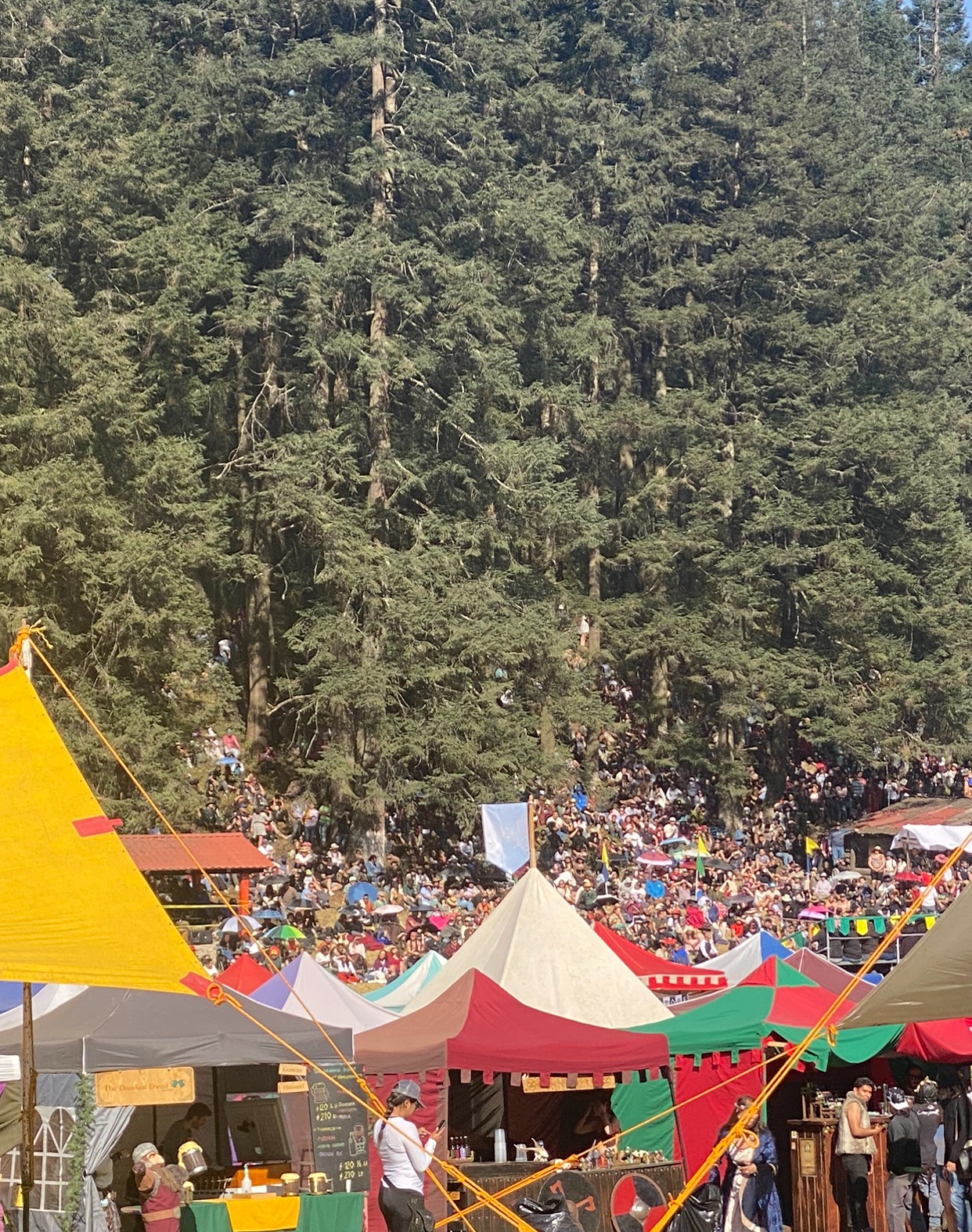
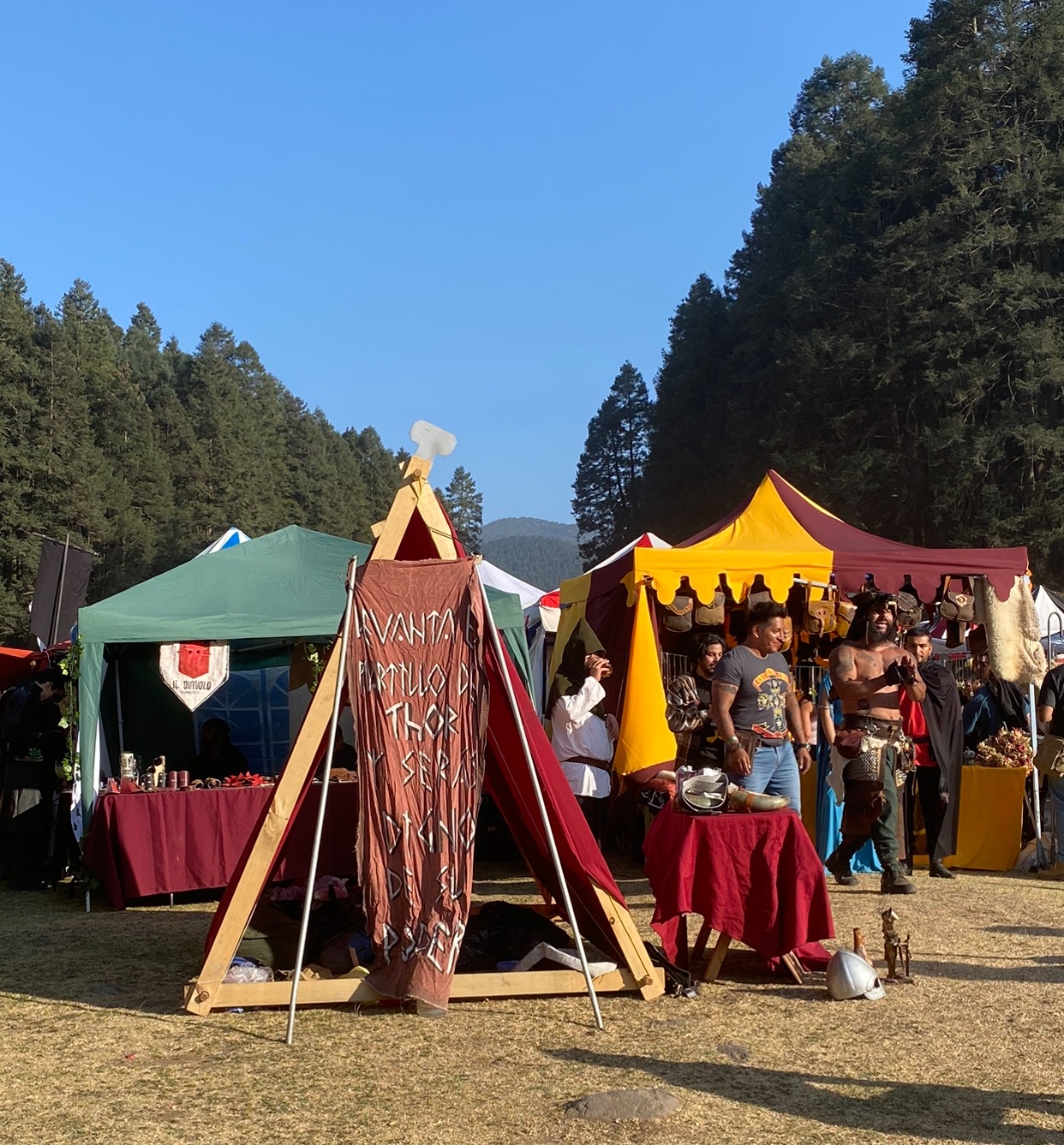
This post sets out to explore the reasons behind our continued celebration of medieval fairs, seeking to understand their appeal in the context of contemporary society.
Last weekend I went to a medieval fair (Mundo Medieval) for all of the reasons listed in this post.
Personally, I grew up around “Oregon Country Fair culture” (OCF link for reference), while reading about magical times and watching classics like Lord of the Rings and Harry Potter- so the desire for a world that doesn’t exist has always been present for me.
Now that I’m studying International Relations I was able to not only enjoy the fairies and knights, but also look at the interactions between countries and societies- medieval versus modern time versus how they were represented. The fair in the Marquesa this weekend included multiple kingdoms- The Frankish Kingdom, Feudal Japan, the English, Hispanic – Andalus, German Kingdom, the Viking Kingdom and the Fantasy Kingdom!
What’s even better is that in this 12th year of the medieval festival in the Marquesa, it was the first time that this specific event gained international attention; new medieval groups represented were from Italy, Spain, and Peru.
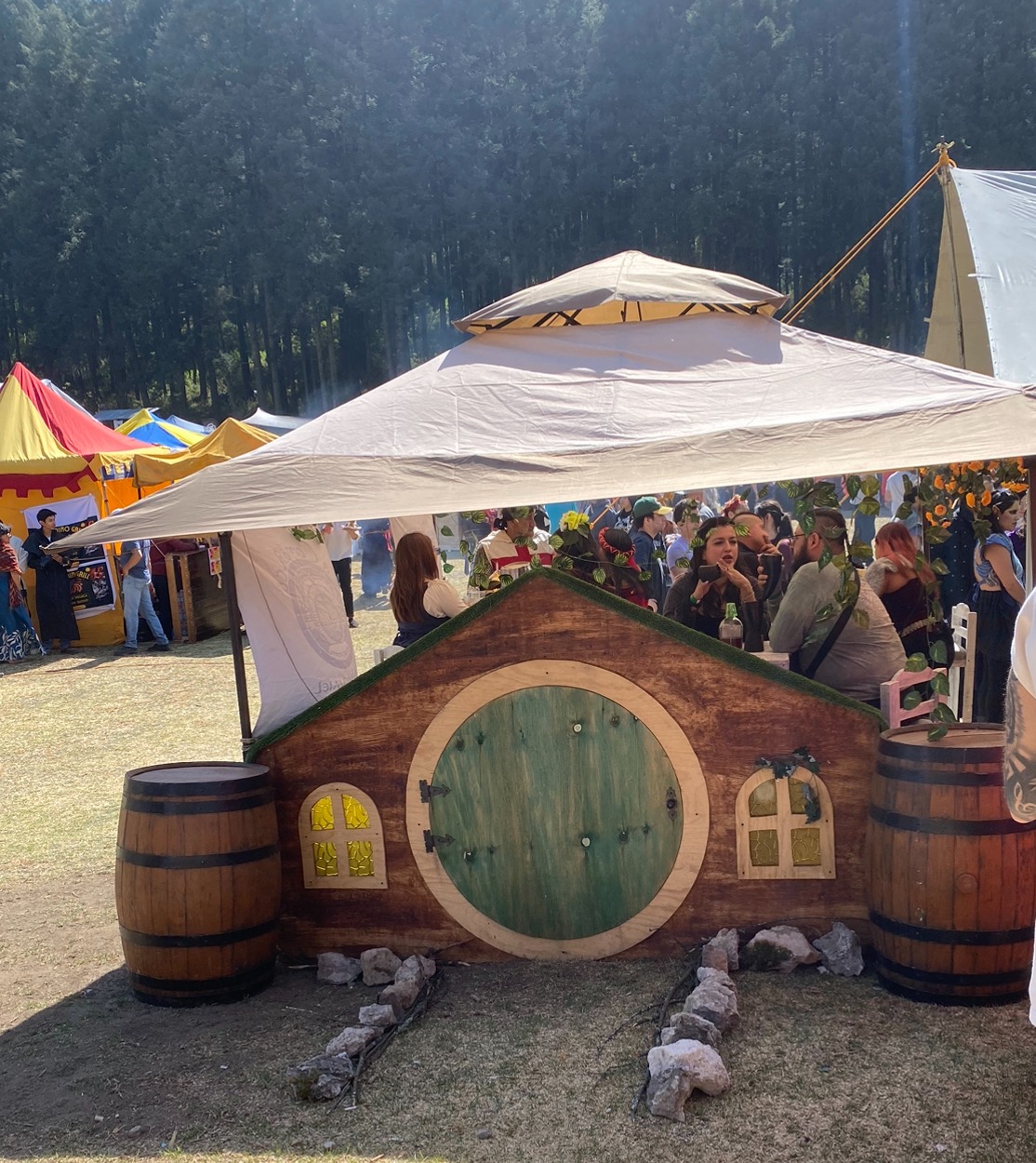
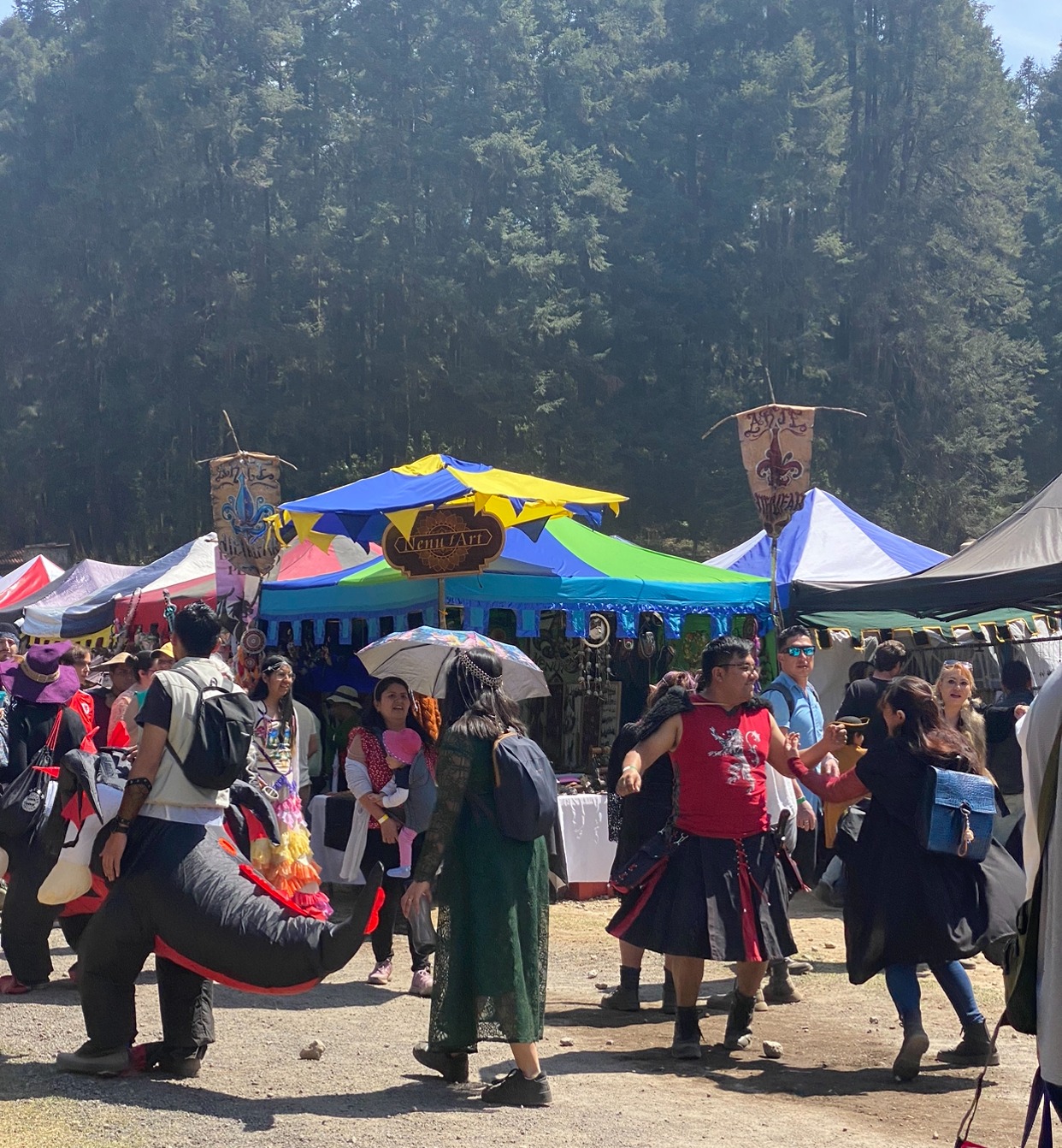
The Historical Tapestry
The story of medieval fairs begins in the Middle Ages, a period teeming with tales of knights, merchants, and artisans. These fairs were not merely markets but pulsating centers of trade, cultural exchange, and social interaction, vital to the economic and social fabric of medieval life. They served as the crossroads of the medieval world, where people from different regions would gather, bringing with them goods, cultures, and ideas to trade. Highlighting this aspect of medieval fairs illuminates their importance not just as commercial hubs but as early platforms for the intermingling of diverse cultures and the flourishing of societal bonds.
Cultural Bridges in a Globalized World
In today’s globalized society, medieval fairs play a similarly unifying role, albeit in a more symbolic manner. These events act as cultural bridges, creating spaces where individuals from varied backgrounds can come together to celebrate human history’s rich tapestry. Through the revival of ancient traditions, costumes, and crafts, medieval fairs offer a unique opportunity to engage with different historical narratives and traditions, fostering a deeper understanding and appreciation of the past. This engagement with history allows for a communal reflection on our shared heritage, promoting a sense of unity and connection among participants from diverse international communities.
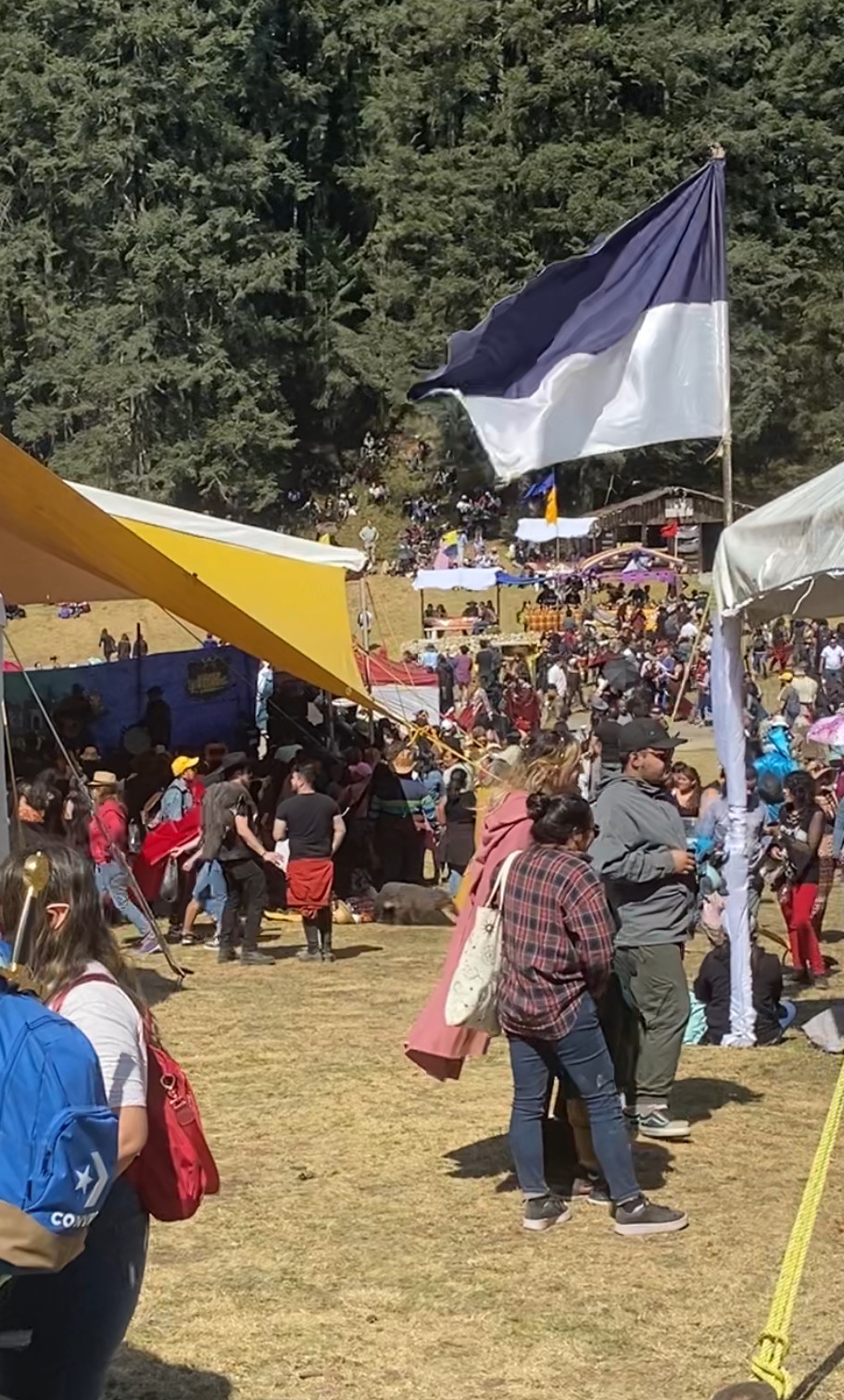
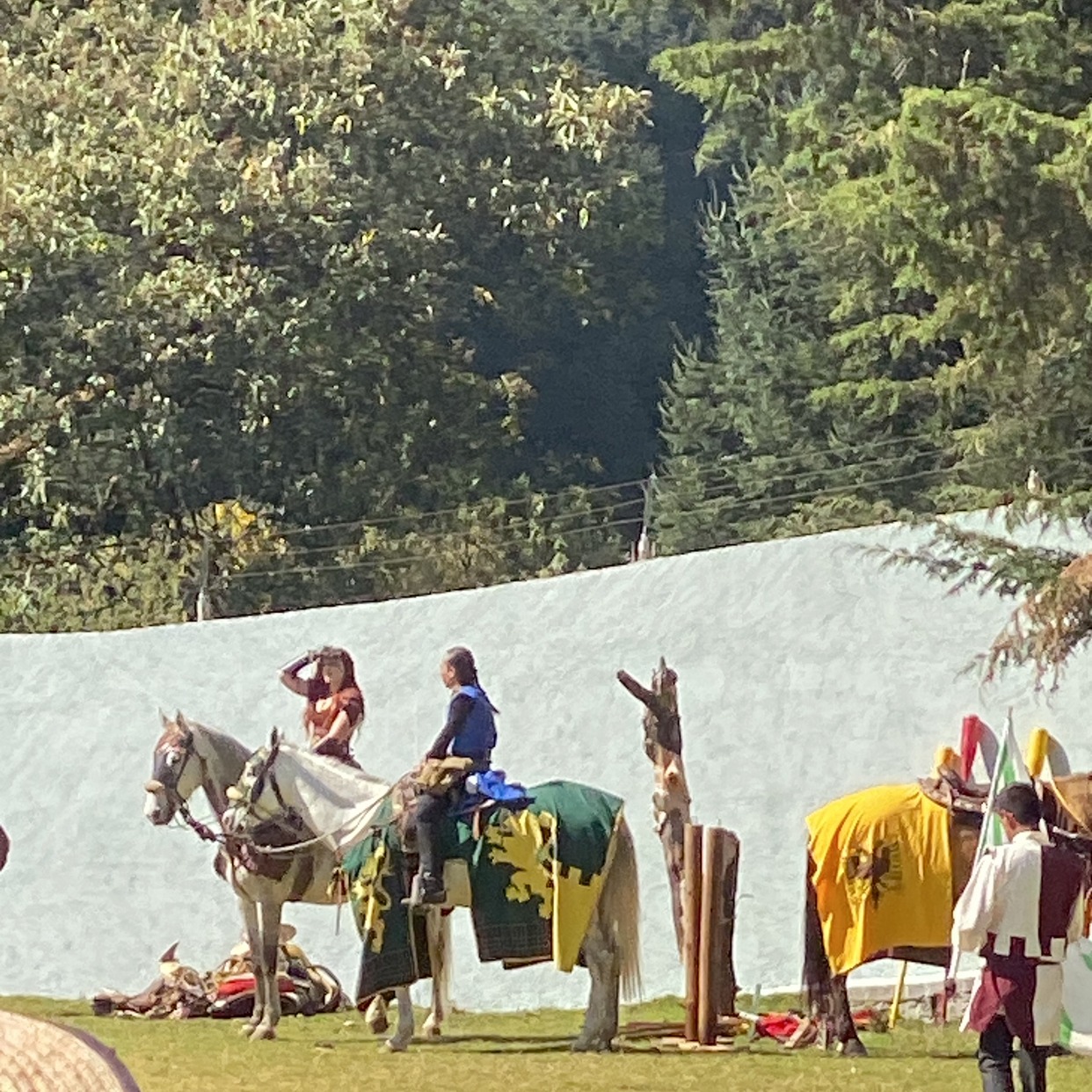
The Paradox of Protocol in the Digital Age
In an age where digital communication has stripped away layers of formality, the strict protocols and manners of the medieval era present an intriguing contrast. It’s fascinating to observe the growing enthusiasm for immersing oneself in a world where speaking formally and curtsying were not just acts of courtesy but essential components of social interaction. This phenomenon raises an interesting question: in our ever-increasing informality in digital communication, did we lose something valuable along the way?
The appeal of medieval fairs, where attendees eagerly adopt the etiquette and roles of a bygone era, suggests a desire to return to structure and respect in interactions. This longing for protocol, for a time when manners were an art form, hints at a collective search for a sense of dignity and ceremony in our connections with others. It makes me wonder if amidst the emojis there’s a deeper craving for the kind of respect that these ancient rituals represent.
The answer to this question is complex and multifaceted, hinting at underlying currents in our societal psyche that merit a deeper exploration. But that’s a post for another time.
The Role of Nostalgia and Fantasy
On the flip side of reality, part of the attraction of these fairs is the magical allure like I mentioned before.
At the heart of the medieval fair lies a dream fantasy, a yearning for a fictional past that calls us to adventure. Medieval fairs offer a tangible transformation and journey into a world that contrasts sharply with our modern, technology-driven lives, providing a sanctuary where the pace slows, and the present’s complexities fade into the background.
Attendees don costumes, wield swords, and walk among knights and jesters, immersing themselves in a world that feels both familiar and delightfully different. This immersion satisfies a deep-seated want for exploration, allowing us to live out fantasies of heroism and adventure that resonate with tales we’ve grown up with or come to love as adults.
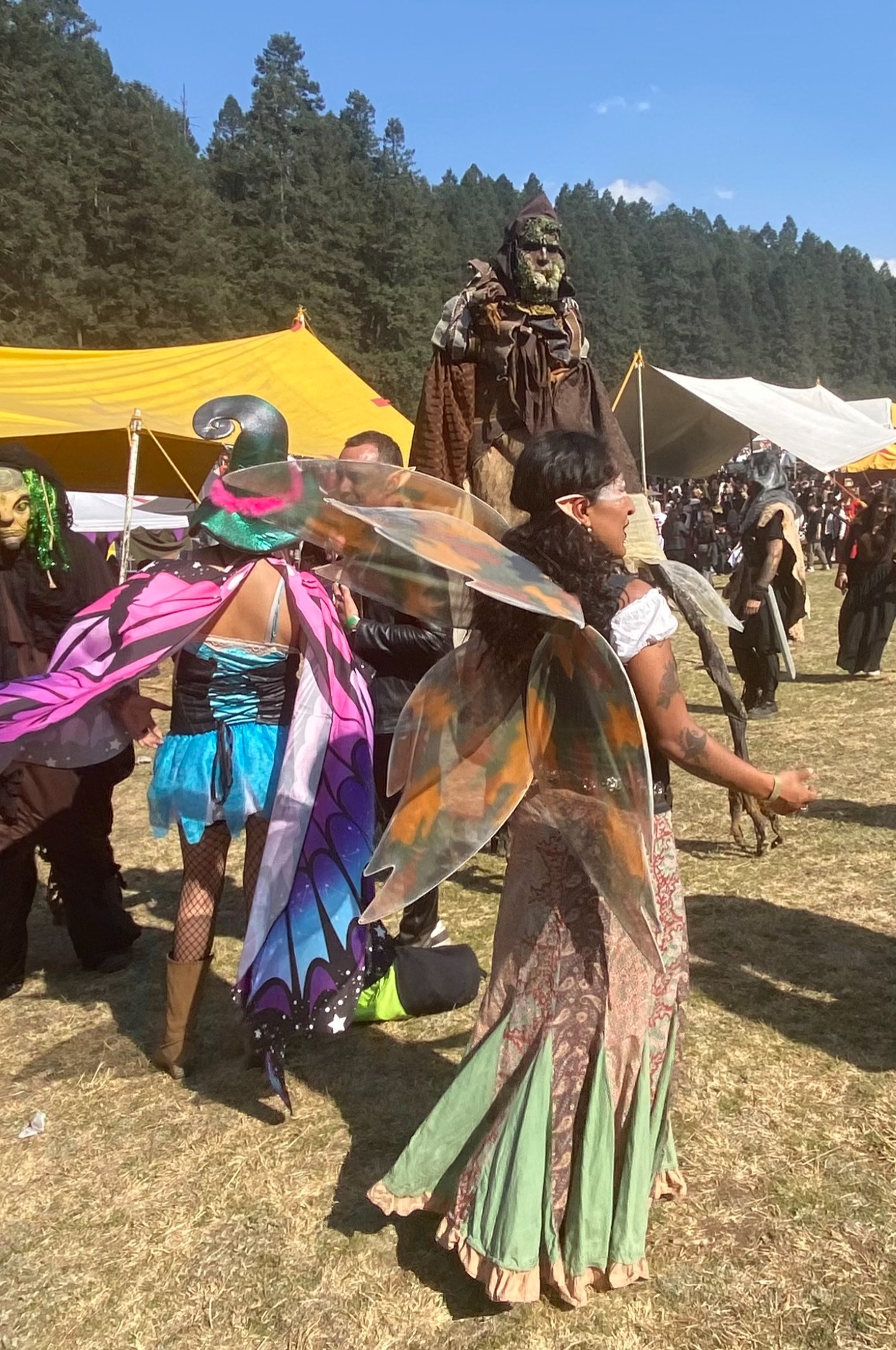
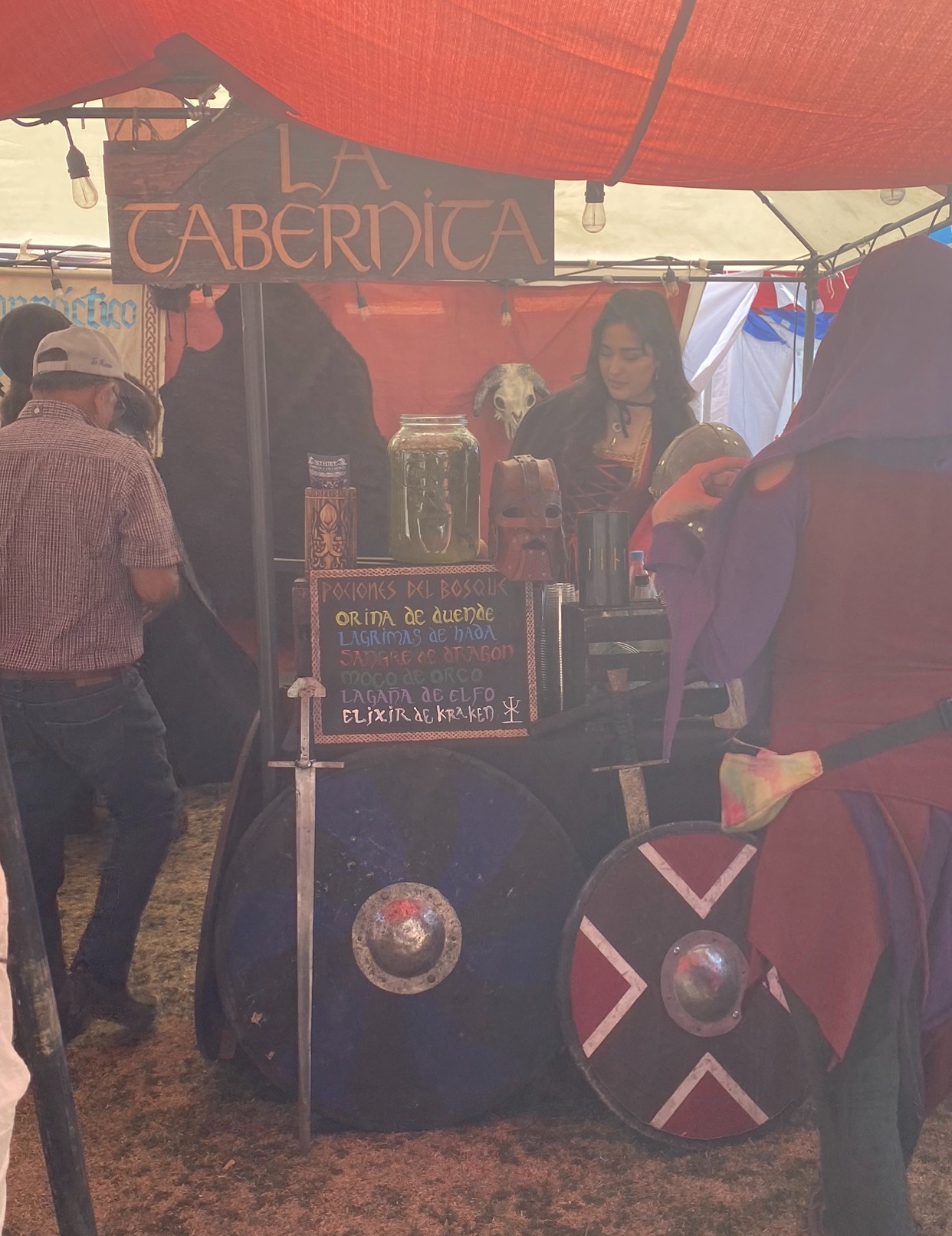

In essence, medieval fairs serve as a canvas onto which we project our dreams and yearnings, a space where the boundaries between reality and fantasy blur, allowing us to experience, if only for a moment, the thrill of a bygone era brought to life by our collective nostalgia and the power of imagination.
International Relations and Cultural Diplomacy: A Nerd’s Paradise
For those of us who geek out over international relations, medieval fairs are fascinating case studies in cultural diplomacy. These events serve as dynamic platforms where the richness of cultural heritage is not just displayed but actively engaged with, fostering a sense of international goodwill and understanding. By bringing to life the diverse customs, traditions, and narratives of different cultures, medieval fairs encourage a dialogue that transcends borders, offering a unique perspective on global interconnectedness.
Consider, for example, a fair that features a “Reino Japón feudal” alongside European kingdoms. Attendees get a firsthand experience of Japanese feudal culture, costumes of full samurai armor later juxtaposed with knightly jousts and Viking feasts. This cross-cultural showcase not only entertains but also educates us about various global societies and their cultures in the same point in history.
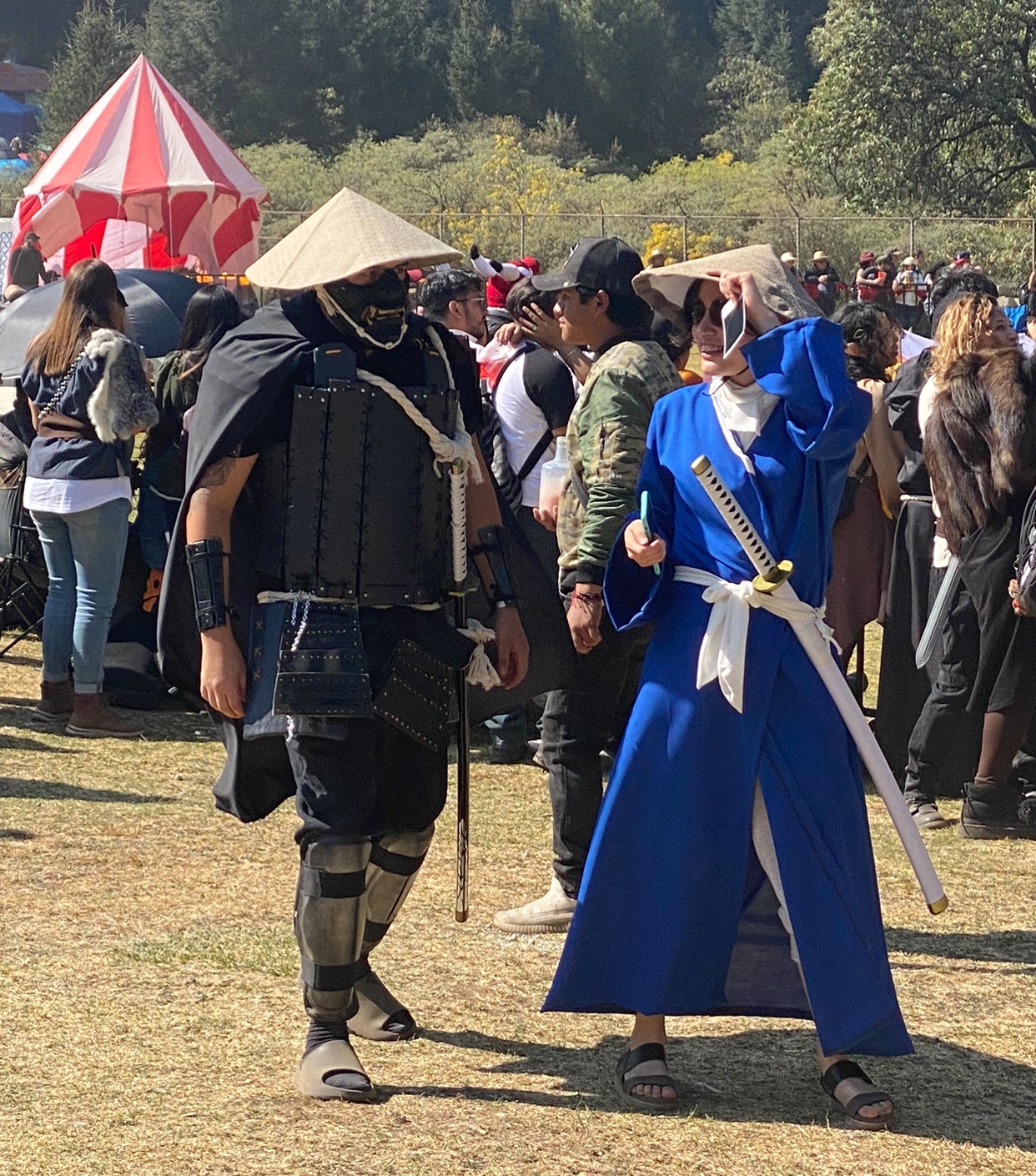

Festivals and interactions like this have real-world implications, fostering relationships and understanding that can ripple out into broader international relations.
In conclusion, whether you’re a fantasy lover, a history buff, or an internationalist- go to these events! They’re an essential escape from the modern world and an opportunity to learn about international relations.
Time to clean the mead out of your drinking horns and start planning for next year!
More info on the “Mundo Medieval” here!
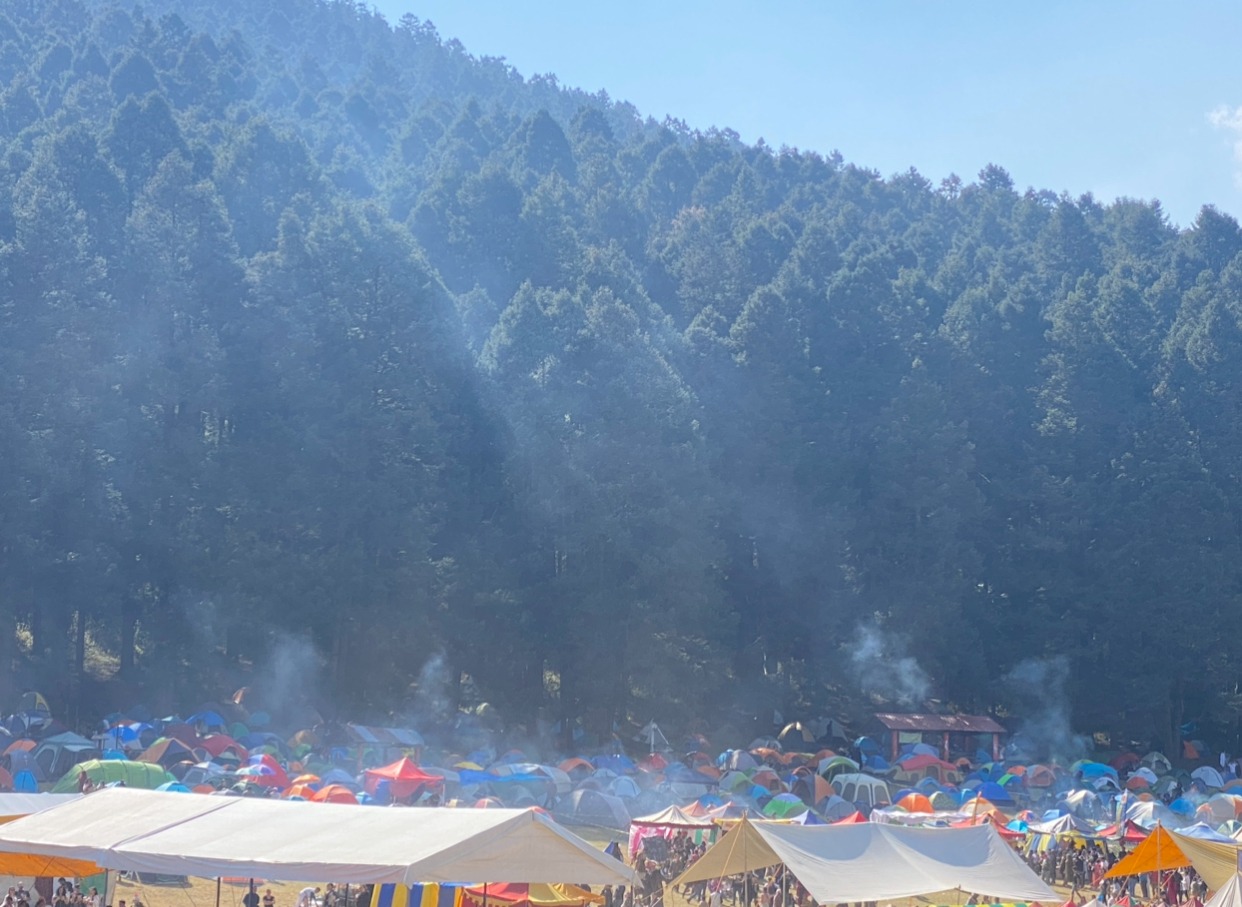







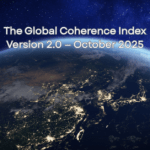

No responses yet